![]()
To me retirement only means not earning a salary from my SAS programming, which will, from now, become a pure hobby. However, to program in SAS AND to be able to get access to all of its components, including Enterprise Guide, batch processing, and the Program Editor, the SAS licence has to be paid for. For me this would amount to paying around GBP 3,000 a year, and so I have drawn up a list of ways that you can contribute to that total, but at the same time benefit from my 40+ years of SAS programming, and 30+ years as an independent SAS consultant, working in the banking, insurance, IT, pharmaceutical, HR and marketing business sectors, and on IBM mainframe, OS/2, VAX, Unix, Windows and Linux.
Any excess income will be used to extend my SAS licence into the following year. I’m planning to use this income from September 2024, so we now have a few months to raise sufficient funds.
The following are grouped into group¹ (for companies or collaborating individuals) and individual² options:
For Companies or Collaborating Individuals¹:
No.1 = 1/2 day SAS training, including digital training materials, for GBP 1,800
- Download the full list of Training Courses for more details.
- Web-based training uses Jitsi Meet, which is limited to 100 participants.
No.2 = 1 month of confidential online support with unlimited questions for GBP 720
- See the web page for [sas.answers @ Holland Numerics] for details on how to subscribe.
No.3 = 1 day of remote SAS programming for GBP 600
- Email me at phil@hollandnumerics.org.uk to discuss your requirements.
No.4 = 1 hour of 1-to-1 SAS video discussion for GBP 100
- Book your hour of SAS video discussion.
- Video discussions use Jitsi Meet, which is limited to 100 participants.
- Topics include:
- Base SAS syntax
- Base SAS functions
- Base SAS formats and informats
- Base SAS procedures
- Data step merging
- PROC SQL syntax
- PROC SQL merging
- PROC SQL updating
- Macro introduction
- Macro syntax
- Macro variables
- ODS Graphics introduction
- ODS Graphics procedures
- Enterprise Guide introduction
- SAS/Studio introduction
For Individuals²:
No.5 = 1 confidential remote question for GBP 72
- See the web page for [sas.answers @ Holland Numerics] for details on how to ask a question.
No.6 = 1 ebook copy of course notes to one of my SAS courses from GBP 11
- My SAS course notes are published as ebooks on Lulu.com, who, unlike Amazon, etc., do not take massive commissions, so I receive most of the published price.
- See my Book Table for more details.
No.7 = 1 ebook copy of one of my SAS books directly from my blog site for GBP 12.50
- “Saving Time and Money using SAS” is no longer sold in softback, but you can download the ebook directly from my blog site.
- See my Book Table for more details.
No.8 = 3 months of subscription to the SAS Programming Forum, including access to my online SAS course collection, for 3 x GBP 5
- Details of what the SAS Programming Forum is can be found here.
- See how to subscribe to the SAS Programming Forum, including my online SAS course collection, here.
- See the online SAS course home page.
No.9 = 1 copy of one of my SAS softback books from a reseller from GBP 25
- Although these options appear to be lower in the list than expected, I receive very little from softback books sold, because I received an advance when they were published.
- See my Book Table for more details.
No.10 = 1 copy of one of my SAS ebooks from a reseller from GBP 3
- Although these options appear to be lower in the list than expected, I receive very little from ebooks sold by resellers, because I received an advance when they were published.
- See my Book Table for more details.
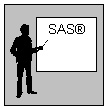
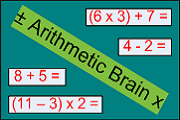
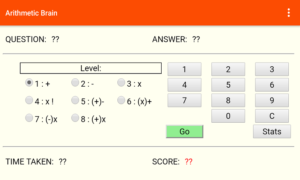
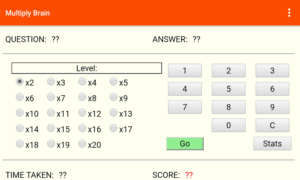
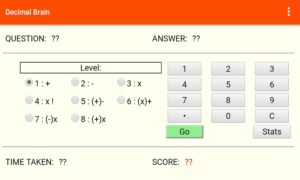


You must be logged in to post a comment.